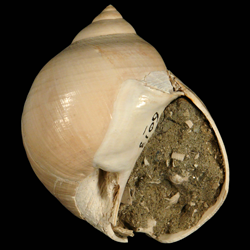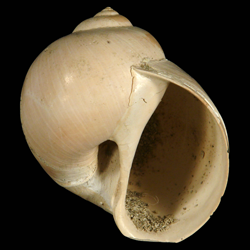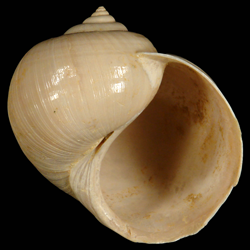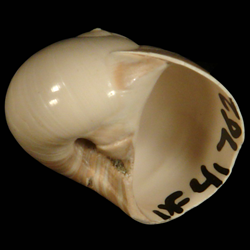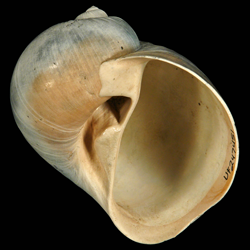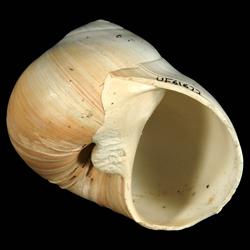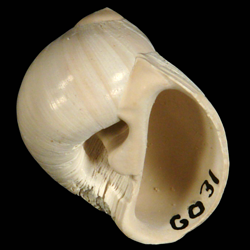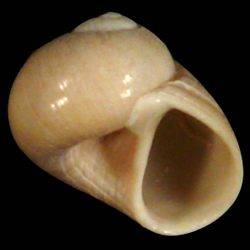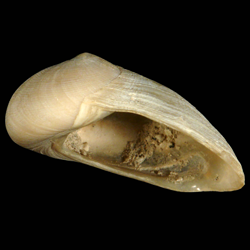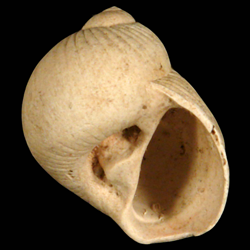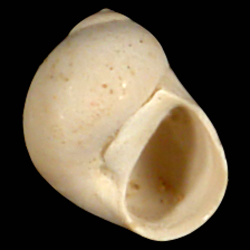
Naticidae
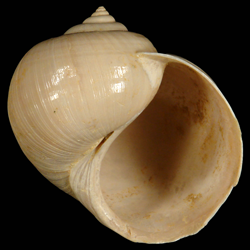
- Phylum: Mollusca
- Class: Gastropoda
- Order: Littorinimorpha
- Family: Naticidae
Overview
Common name: Moon snails
Key morphological features: The Naticidae are mostly medium sized gastropods with delicate to solid, auriform to globose shells. The shells are umbilicate, but many species produce an umbilical callus that fills some or all of the umbilicus. The spire is low and the body whorl is large. Naticid shells are smooth exteriorly, but some species have weak sculptural patterns, such as short, commarginal grooves along the shoulders of each whorl oblique to the suture line. The aperture is large and ovoid in outline and the labrum is not thickened. Source: Davies, A.M. 1971. Tertiary Faunas Vol. 1, second edition. New York: American Elsevier Publishing Company, Inc. 571 pp.; Tunnell Jr., J.W., Andrews, J., Barrera, N.C., Moretzsohn, F. 2010. Encyclopedia of Texas Seashells. College Station: Texas A&M University Press. 512 pp.
Geological range: Triassic to Recent (Davies, 1971).
Geographic distribution: A distributional map for modern Naticidae may be accessed from OBIS. A distributional map for ancient Naticidae may be accessed from the Paleobiology Database.
Diversity: There are 370 recognized living species of Naticidae and 36 genera (WoRMS database, unvetted). The Paleobiology Database recognizes 63 fossil genera and 970 fossil species of Naticidae (unvetted).
Paleoecology: The Naticidae are semi-infaunal, predatory, marine gastropods. They live on soft, sandy substrates where they prey primarily on other mollusks by enveloping the prey in their muscular foot and drilling a beveled, circular hole through the shell through which they consume the prey’s flesh. They can be found at temperate to tropical latitudes within the intertidal and sublittoral zones. Source: Tunnell et al. (2010).
Phylogenetic status: Unknown.
